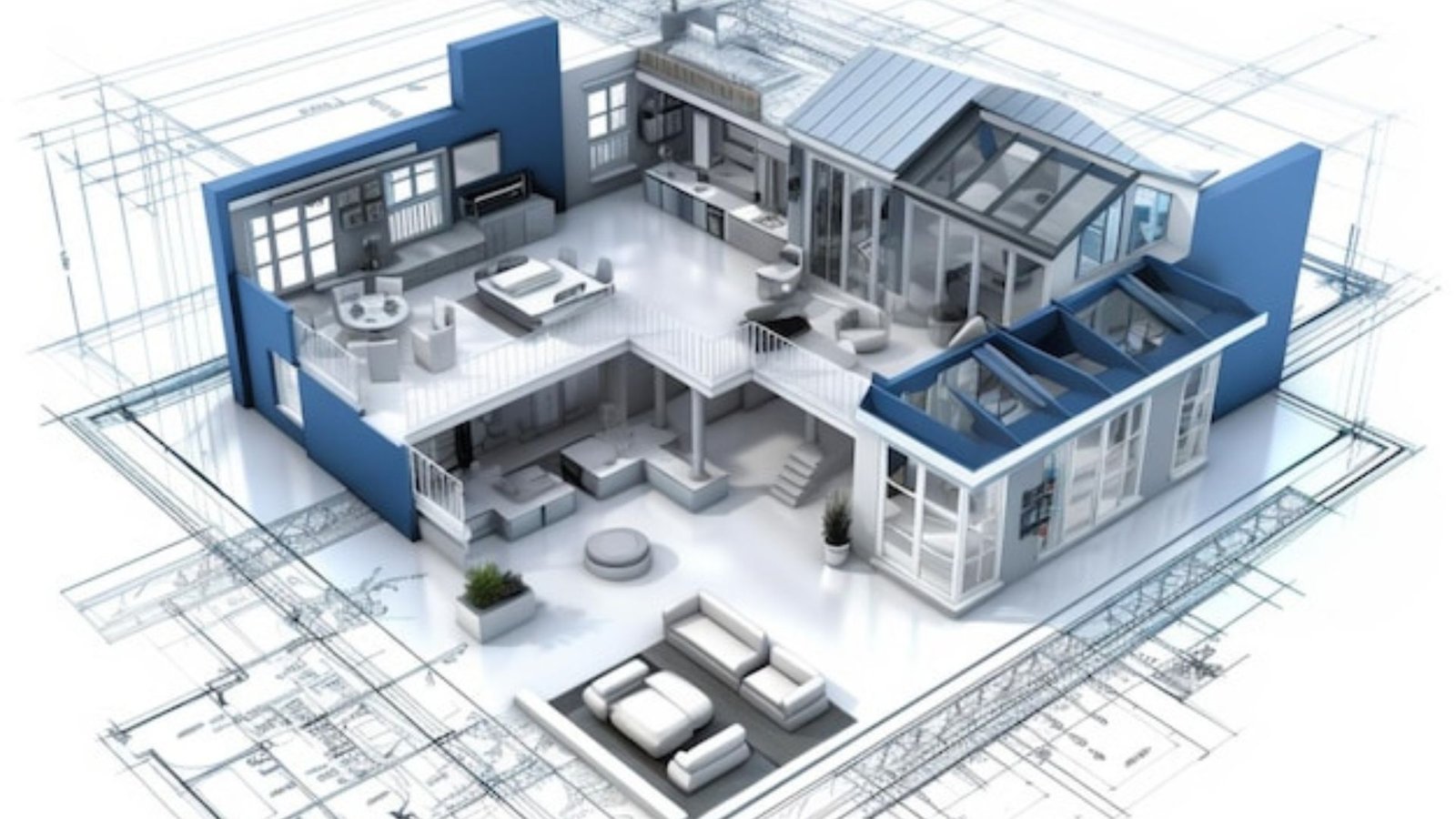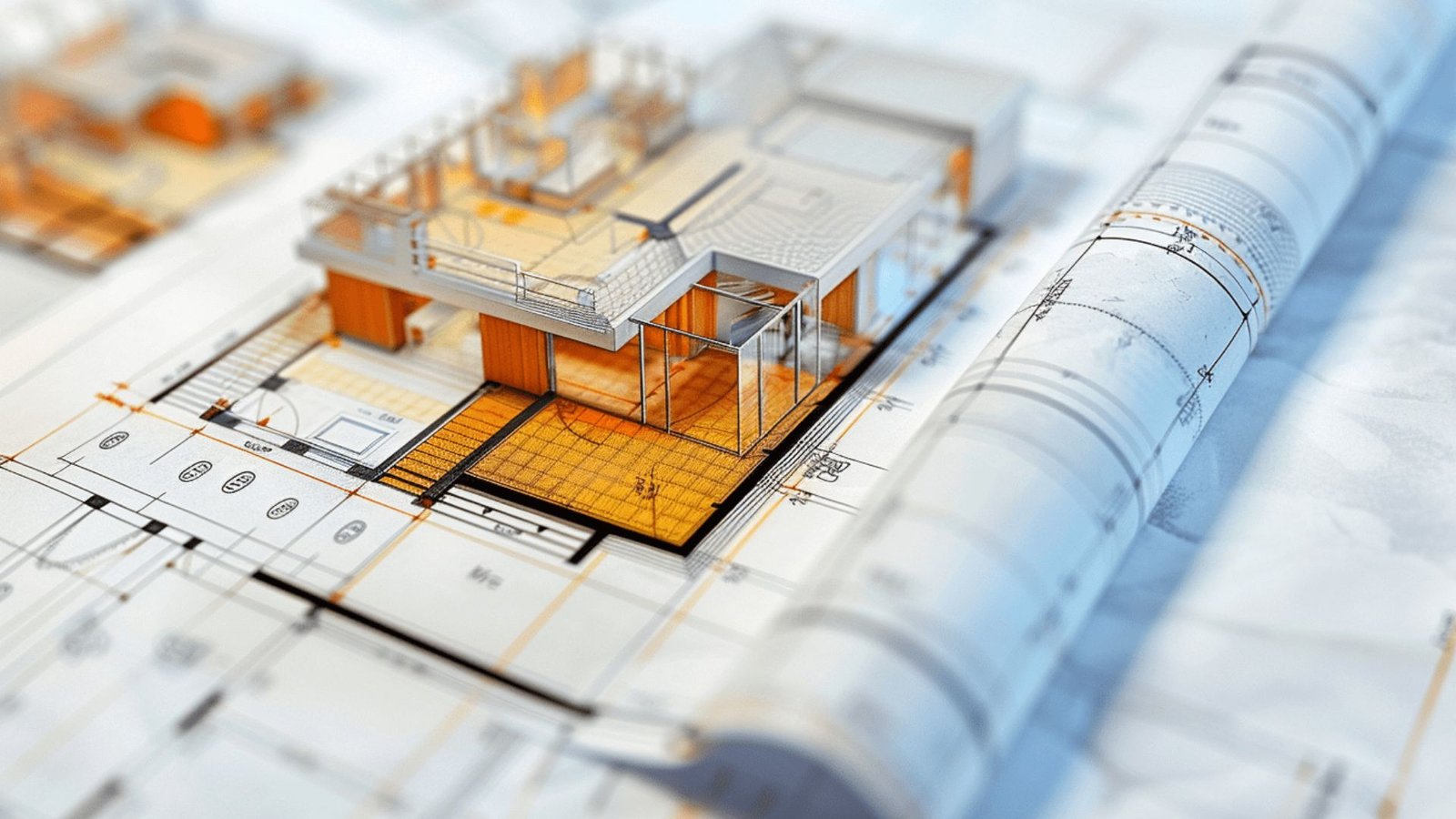How AI is Transforming Digital Architecture
Artificial Intelligence (AI) is rapidly transforming digital architecture. In recent years, AI has become a game-changer in how architects design and plan buildings. This blog post will explore how AI is revolutionizing digital architecture and why it matters for the future of building design.
As digital architecture evolves with AI integration, platforms like MyAromatica are revolutionizing how we design intelligent spaces. For professionals seeking complementary tools, the JokaVIProom Login Site offers secure access to collaborative environments. This synergy between architectural innovation and digital ecosystems highlights the future of automated design workflows.
Leveraging machine learning algorithms, these platforms enable architects to simulate structural dynamics while maintaining data integrity across connected systems.

The Role of AI in Digital Architecture
Firstly, AI enhances digital architecture by automating repetitive tasks. Traditionally, architects spent countless hours on manual tasks like drafting and modeling. With AI, these tasks become much faster and more accurate. For instance, AI algorithms can quickly generate complex building designs, allowing architects to focus on more creative aspects.
Moreover, AI helps architects analyze vast amounts of data efficiently. This data includes everything from environmental conditions to building materials. By processing this information, AI can suggest the best design solutions. Consequently, AI improves the efficiency and effectiveness of architectural planning.
My Aromatica – Enhance Your Senses with Premium Scents
My Aromatica offers a curated collection of essential oils, perfumes, and aromatic products to elevate your daily experience. Discover unique blends that refresh your home and boost your mood naturally. For a fun and engaging diversion, try the kingjohnnie Online Casino, where entertainment and excitement come together. Enjoy a perfect balance of relaxation and thrill in one seamless experience.
Key AI Technologies in Digital Architecture
1. Generative Design
Generative design is one of the most exciting ways AI is transforming digital architecture. This technology allows architects to input their design goals and constraints into AI software. The AI then generates numerous design options based on these parameters. This process not only speeds up design but also explores creative possibilities that might not be considered manually.
Additionally, generative design helps in optimizing building performance. For example, AI can create designs that maximize natural light and minimize energy use. Therefore, generative design leads to more sustainable and efficient buildings.
2. Building Information Modeling (BIM)
Building Information Modeling (BIM) is another area where AI is making a significant impact. BIM involves creating digital models of buildings that include detailed information about every component. AI enhances BIM by automating updates and detecting potential issues before construction begins.
Furthermore, AI-powered BIM tools can simulate how a building will perform under different conditions. This capability allows architects to make adjustments and improve the design before any physical work starts. Thus, AI in BIM contributes to better project outcomes and cost savings.
3. Virtual Reality (VR) and Augmented Reality (AR)
Virtual Reality (VR) and Augmented Reality (AR) are transforming how architects visualize their designs. AI integrates with VR and AR to create immersive experiences. Architects can use VR to walk through digital models and AR to overlay digital information onto real-world environments.
In addition, AI enhances these technologies by providing real-time feedback and adjustments. For example, AI can analyze a VR simulation and suggest design changes based on user interactions. This integration of AI with VR and AR makes it easier to identify and address design issues early in the process.
Benefits of AI in Digital Architecture
1. Increased Efficiency
One of the major benefits of AI in digital architecture is increased efficiency. AI speeds up the design and planning process, reducing the time needed to complete projects. As a result, architects can handle more projects and deliver them faster.
2. Enhanced Creativity
AI also enhances creativity in architectural design. By generating multiple design options and exploring new possibilities, AI allows architects to push the boundaries of traditional design. Consequently, this leads to more innovative and unique building solutions.
3. Improved Accuracy
Furthermore, AI improves the accuracy of architectural designs. Automated tools reduce human errors and ensure that designs meet all specifications and requirements. This accuracy leads to better outcomes during construction and minimizes costly mistakes.
Challenges and Considerations
Despite its many benefits, AI in digital architecture also presents challenges. For instance, there is a need for high-quality data to train AI models effectively. Additionally, architects must learn to integrate AI tools into their existing workflows.
Moreover, there is the issue of relying too heavily on AI. While AI can enhance the design process, human creativity and judgment are still crucial. Therefore, architects must balance AI use with their own expertise to achieve the best results.
Conclusion
In conclusion, AI is profoundly transforming digital architecture by automating tasks, enhancing creativity, and improving efficiency. Technologies like generative design, BIM, and VR/AR are leading the way in this transformation. While challenges exist, the benefits of AI in digital architecture are substantial. As we move forward, AI will continue to reshape how architects design and plan buildings, leading to more innovative and efficient architectural solutions. Therefore, embracing AI in digital architecture is essential for staying at the forefront of the industry.



